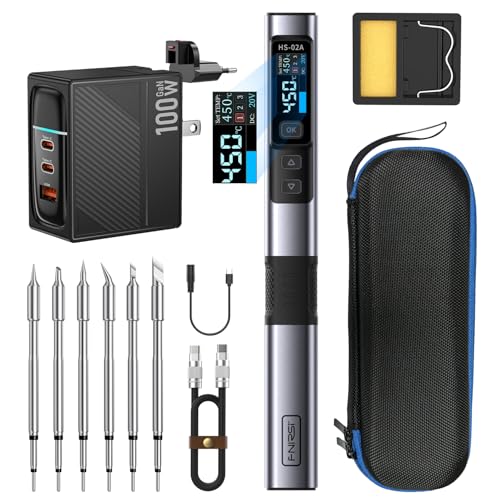McIrish
Well-known member
- Joined
- Jun 15, 2016
- Messages
- 223
I've got a number of tube mics with various head basket shapes. I'm curious about how the headbasket effects the sound of the mic. I realize the capsule is the largest factor.
For instance, comparing a U47 to an M49. Both have an M7 type capsule but sound nothing like each other. The U47 has a very forward midrange and quite a bit of proximity eefect. The M49 sounds much smoother in the mids but lacks the low-end girth of a U47. Sound about right? How does the headbasket play into that. Why did Neumann create the angled headbasket of the U67 and M49?
For instance, comparing a U47 to an M49. Both have an M7 type capsule but sound nothing like each other. The U47 has a very forward midrange and quite a bit of proximity eefect. The M49 sounds much smoother in the mids but lacks the low-end girth of a U47. Sound about right? How does the headbasket play into that. Why did Neumann create the angled headbasket of the U67 and M49?





































